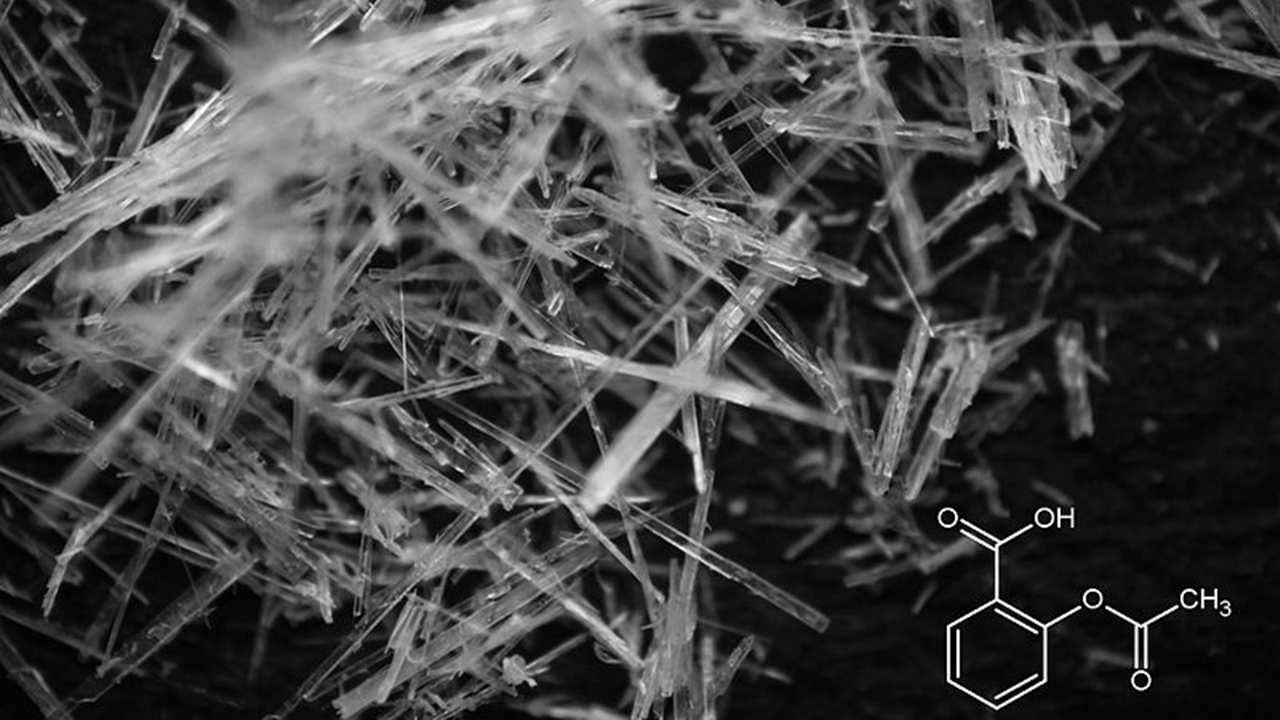Regardless of head, tooth, arm or leg, a painkiller manages to stop the pain as if it is targeting that point. Are they targeting that area directly, or do they have a very different operation than we thought?
Painkillers have a long history. In Sumer, Ancient Greece, and Egypt on the leaves of the myrtle tree Salicylic acid was used to relieve pain. Hippocrates, father of modern medicine willow bark He used it as a pain reliever.
Powder obtained from the bark of the willow tree in the 18th century; It was used as a medicine in cases of pain, fever and inflammation. In the modern sense, the first medicine is made from willow bark. is aspirin. It has been put on the market by synthesizing a pure acetylsalicylic acid (ASA) molecule. So how do painkillers dating back so long in human history manage to relieve pain?
The functioning of the pain mechanism is quite complex.
When there is a problem in cells in any part of our body, we cannot be instantly aware of this problem. because at the cell level takes place. Our body then releases “arachidonic acid”, making us aware of the problem.
Arachidonic acid binds to enzymes called cyclooxygenza (COX) in the cells and enables the formation of prostaglandins. In this way pain receptors becomes aware of the situation. These receptors are present between the spinal cord and skin, in muscles, in some internal organs and in our teeth. Receptors very quickly transmit this information to our brain. In other words, this chain of reactions and interactions occurs before we feel pain.
So how do pain relievers relieve pain?

Macro shot showing the crystalline state of aspirin.
Simple pain relievers such as aspirin come into contact with the aching area and limit the production of a chemical called “prostaglandin”. In this way, the nerve endings can’t send pain signals to our brain or the intensity of the sent alert is reduced.
We stated that before the onset of pain, arachidonic acid is secreted in the cells and they bind with cyclooxygenase enzymes to form prostaglandins. The active sites of cyclooxygenase enzymes are combined with arachidonic acid. key-lock It is quite compatible. Painkillers intervene and block the connection and prevent the transmission of pain signals to our brain.
Medicines spread throughout the body, do not focus on a specific point.

If they could go to certain places, it would be much more at low dose Taking medicine would be enough. In this way, the side effects of the drugs were also significantly reduced. It is also worth remembering that painkillers do not solve the root cause of the pain. It just temporarily stops our brain from perceiving pain. Therefore, it is very important to treat the source of the pain.
Sources: 1, 2
RELATED NEWS
